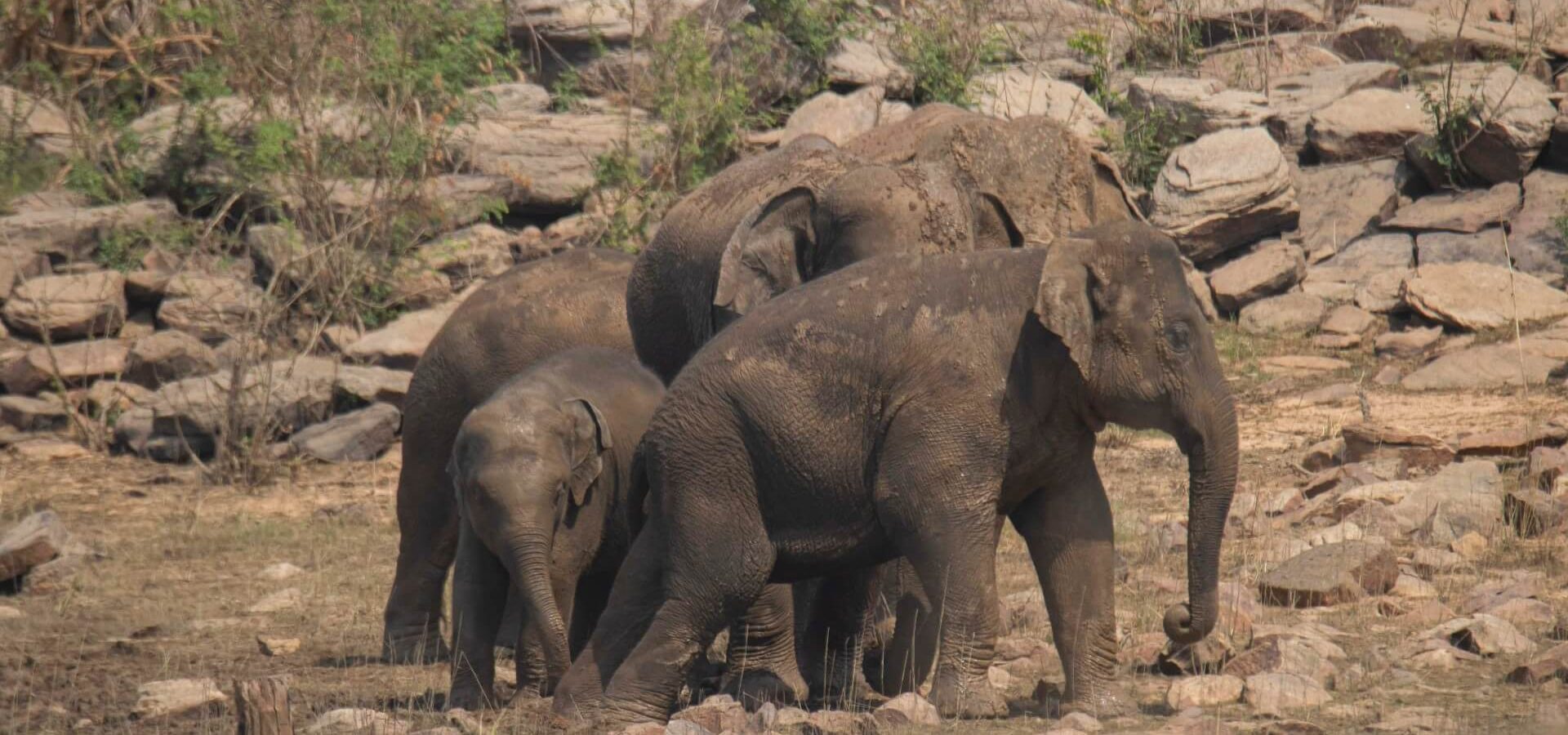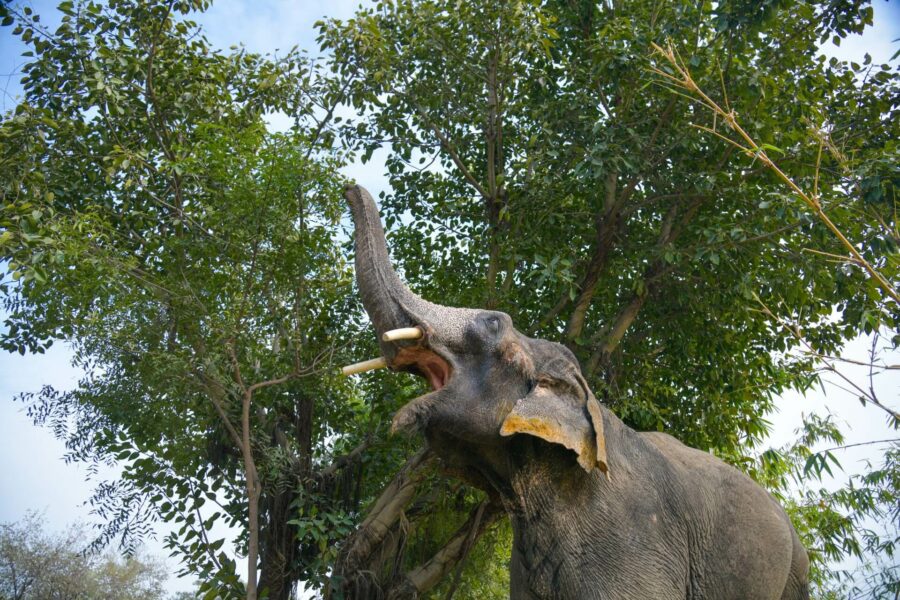Elephants have always been seen across various cultures as a symbol of strength and wisdom. The motif of the Asian elephant has been prevalent in mythology since time immemorial, with the giants featuring in art, poetry, steatite seals, and other items found in archaeological excavations. Despite being a fascinating species and a cultural ‘icon’, their population has steadily been on the decline. In the era of habitat fragmentation, illegal poaching, and shrinking forest land, it comes as no surprise that the Asian Elephant is listed as an endangered species on the IUCN Red List. With the burst in human population and our encroachment upon forest land, human-animal conflict has been on the rise. Deforestation rates are higher than ever before and the clearing of land for agricultural and urban expansion has become a major concern in the field of elephant conservation.
Elephants are a very important species that play a vital role in the ecosystem. As these massive animals travel in herds over long distances, they disperse many kinds of seeds and help in the growth of forests. In the past, elephants covered over 9 million km² of Asia, ranging from the Iranian coast in the west to south-east Asia and into China. Now Asian elephants are extinct in the western parts of Asia and most of China.
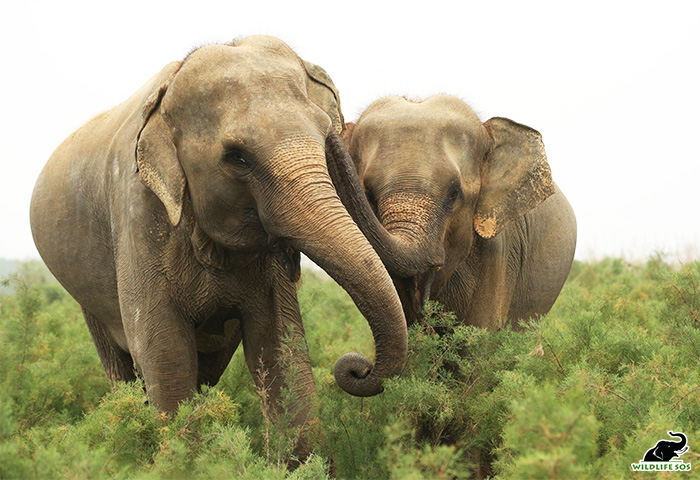
According to the IUCN report, the Asian Elephant population has reduced by at least 50% over the last three generations. India remains one of the last strongholds for the Asian elephant population and without proper conservation measures in place, we can say our goodbyes to these majestic giants forever.
When we talk about endangered animals, one of the first things that come to mind is the illegal poaching of these animals. And it is true that a lot of elephants are poached for their tusks due to the high demands for ivory products in the international market. The ivory is carved into sculptures and other products like combs, jewelry, and even piano keys. Though most countries banned the sale of ivory, some countries were in support of the trade as it was a major source of income for them. Though both Asian and African elephants are hunted for their ivory, this poaching has mainly affected the African elephant population as all African elephants possess tusks but only a few male elephants in Asia have tusks.
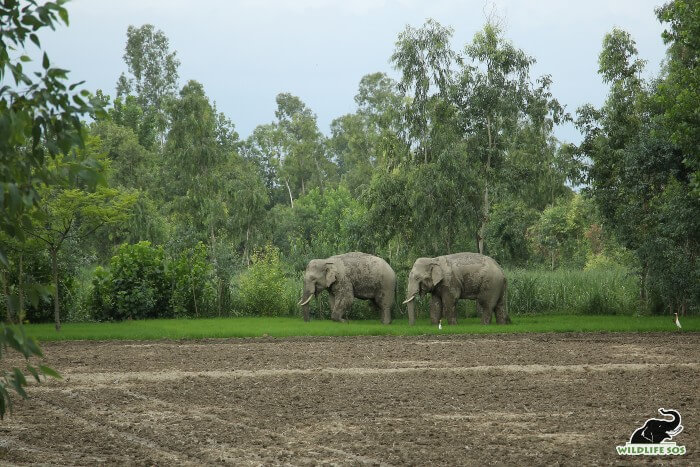
People hunt elephants for their skin, which is dried and made into beads and jewelry. They claim that this brings good luck. In some places, dried elephant skin is also made into a powder and utilized in local medicine. The sellers claim that it has the potential to cure dry skin and abdominal infections.
For thousands of years, humans have been using elephants as weapons of war, for lifting heavy items, logging, and even as showpieces in temples and processions. People also cruelly hunt them for sport and showmanship. Young elephants are separated from their herds and poached from the wild. After that, they undergo immense torture for decades to ‘tame’ them and break their spirit. These practices have continued throughout centuries, and have contributed greatly to the decline of the Asian elephant.
Despite all this, one of the greatest threats to elephant conservation in this era is the problem of human-elephant conflict. Where elephants previously had large tracts of forest land that they could traverse, there are now concrete jungles. Fragmentation in the paths of elephant routes means that they come in contact with human settlements while they are migrating. In India, there are many areas where people are living on the paths of elephant herds. This confrontation between humans and wilderness often results in damage to property and loss of life.
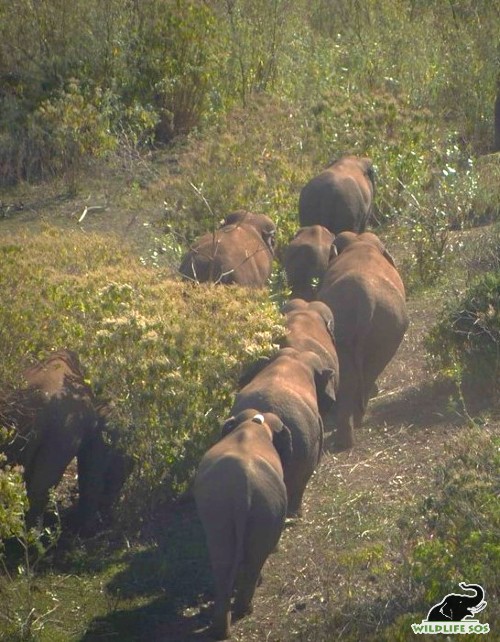
Retaliatory killings of elephants due to such conflicts is a major concern in the field of elephant conservation. When elephants traverse through human settlements, they often get attracted to agricultural land. Their sheer size and numbers result in the complete destruction of entire agricultural fields. This can be devastating to people in India as many of them are subsistence farmers and only own small plots of land to sustain themselves. When they find that their entire year’s worth of crop has been destroyed overnight, they resort to drastic methods. Many people intentionally poison elephants in the defense of their crops and property. They also resort to illegally erecting electric fences around their land. The extremely high voltage on these fences results in the death of these elephants.
According to reports, about 600 elephants died due to electrocution in India between 2009-19. However, these are only the recorded deaths and in many cases, human-elephant conflicts are not even reported. The lack of information about this problem is also a major concern for elephant conservation.
Conservationists have put forth creative methods such as radio-collaring matriarchs to follow the route of the herds. This helps to have an early warning system in place. The radio collar constantly updates the forest officials about the location of the herd. If the herd gets too close to human settlements, the forest officials can warn people through Whatsapp and text messages or announcements via speakers. This requires proper training and coordination between all the actors involved. Our team at Wildlife SOS has undertaken the radio-collaring of ‘Van Devi”, the matriarch of a herd, to understand their movement patterns and mitigate human-animal conflict.
Some other creative solutions include bee-fencing as a cost-efficient and human way to mitigate human-wildlife conflict. Conservationists in Africa have used beehive fencing to deter elephants. However, this method isn’t efficient everywhere and needs to be studied and tested more.
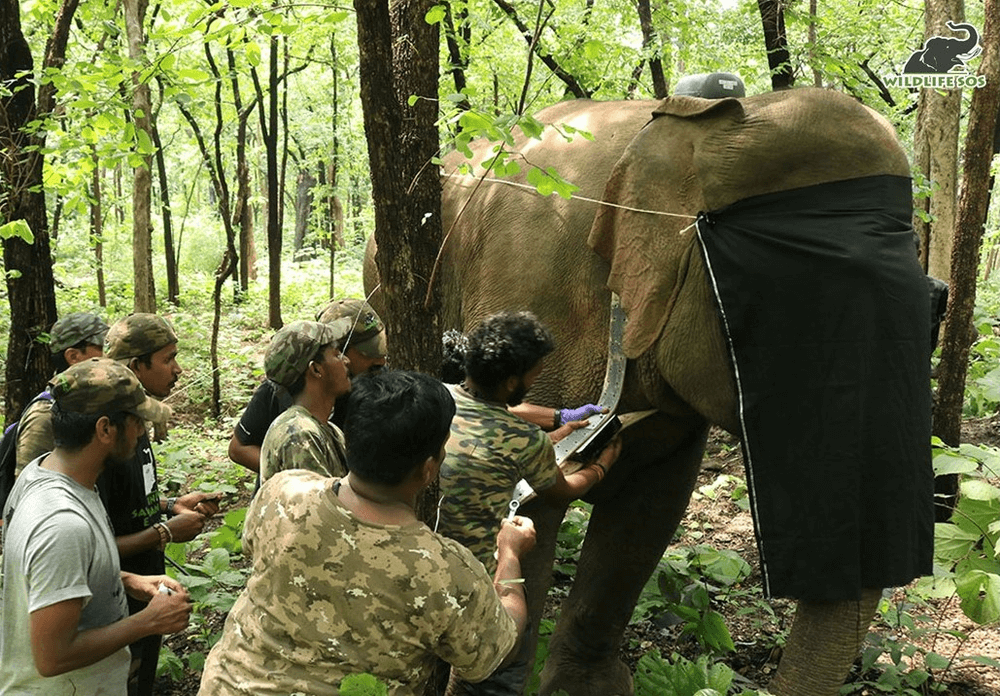
Conservationists recommend that another short-term solution can be to provide elephant corridors in conflict-prone areas. However, the presence of too many elephant corridors implies that the forests are extremely fragmented. Another important step is to take faster judicial action against poachers and smugglers who hunt elephants. It goes without saying the demand for captive elephants in many parts is also very high. We need to put a stop to these practices for the well-being of this species.
The long-term solution to mitigating human-elephant conflict would be to ensure protected areas for elephants, prevent forest fragmentation and reduce human encroachment on forest land. You can also take action from your side for the conservation of Asian elephants! For one, never interact with any elephants used for tourism purposes. Elephants used for tourist rides suffer extreme abuse throughout their lives. You can take action now by pledging to never ride elephants! Wildlife SOS has a petition to end the practice of riding elephants. You can sign the petition at https://refusetoride.org/

